

Engage prospects with a scan and streamline customer engagement with FREE QR code marketing tools by Sona – no strings attached!
Create a Free QR CodeFree consultation

No commitment

Engage prospects with a scan and streamline customer engagement with FREE QR code marketing tools by Sona – no strings attached!
Create a Free QR CodeFree consultation

No commitment
The custom home builders industry is fiercely competitive. Differentiating your brand and capturing high-intent leads at each stage of the home buying journey are top priorities, yet traditional tactics often lead to missed opportunities and frustration. Printed brochures, static signage, and manual inquiry forms raise interest, but too often, high-value prospects slip through the cracks, remaining untracked in the CRM or dropping out before expressing intent. This loss of visibility can allow competitors to move in quickly, leaving opportunities unpursued and revenue unrealized.
In today’s digitally driven world, QR codes in marketing have evolved from a novelty to a strategic powerhouse in bridging offline engagement with online action. For custom home builders, QR codes represent a frictionless and surprisingly effective way to address common bottlenecks, elevating lead quality, ensuring prospects are no longer anonymous, and enabling timely, data-driven follow-up, all without requiring app downloads or costly technical investments.
By strategically embedding QR codes into physical marketing, showrooms, and onsite materials, custom home builders can overcome the persistent challenge of converting real-world interest into actionable digital leads. This fuels a stronger buyer pipeline and streamlines the sales cycle, replacing static methods with intelligent, trackable interactions that drive measurable ROI from every engagement.
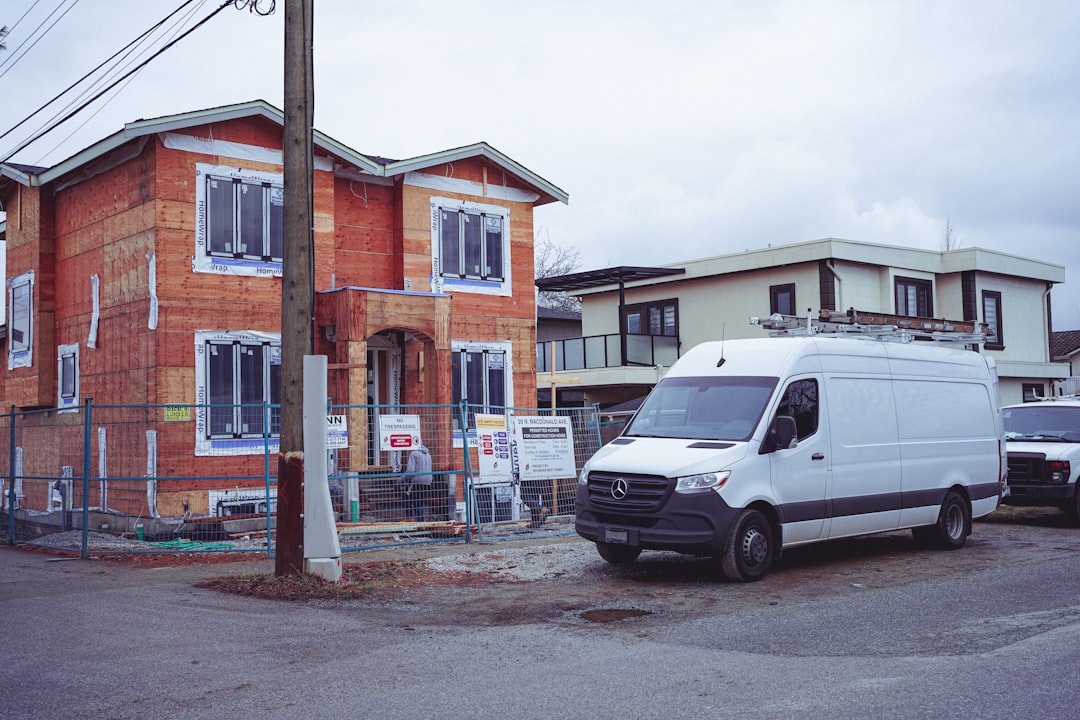
QR codes bridge the gap between physical touchpoints and digital outcomes, making it easier to address challenges such as missing high-value prospects who never fill out a paper form and minimizing lead loss due to late follow-up. In an industry where prospects often tour properties or browse signage anonymously, this approach turns fleeting interest into measurable opportunity.
Replacing outdated analog processes is key to unlocking conversion gains. Paper sign-in sheets at open houses lead to incomplete data and slow follow-up. Brochures rarely connect to a specific next step. Yard signs without a clear call to action rely on memory rather than momentum. QR codes remove these friction points, enabling an instant pathway to book tours, request pricing, or chat with a specialist.
Transitioning from analog workflows to dynamic QR-enabled touchpoints enables home builders to capture buyer interest immediately, align sales efforts, and eliminate silent lapses that allow opportunities to stall or disappear. With the right system, every scan becomes a measurable signal, every asset becomes a lead source, and every visit turns into an opportunity that your team can act on quickly.
Custom home builders face ongoing pain points around visibility and timely engagement. Prospects may visit sites anonymously or leave a model home without filling out a paper form, and high demo interest goes unconverted when there is no easy way to follow up. QR codes directly address these hurdles by making it simple to turn curiosity into commitment, aligned with industry best practices.
The benefits extend across the entire buyer journey. Early-stage prospects can explore galleries and floor plans without pressure. Mid-funnel visitors can schedule appointments or join an email list for updates. Late-stage buyers can request pricing or check lot availability in real time. The result is greater clarity for marketing and sales, and less reliance on guesswork or delayed outreach.
In short, QR codes give builders a modern toolkit for capturing real-world interest and transforming it into digital signals that guide outreach. They help teams act fast, tailor messaging, and measure impact across print and physical environments that were once opaque.
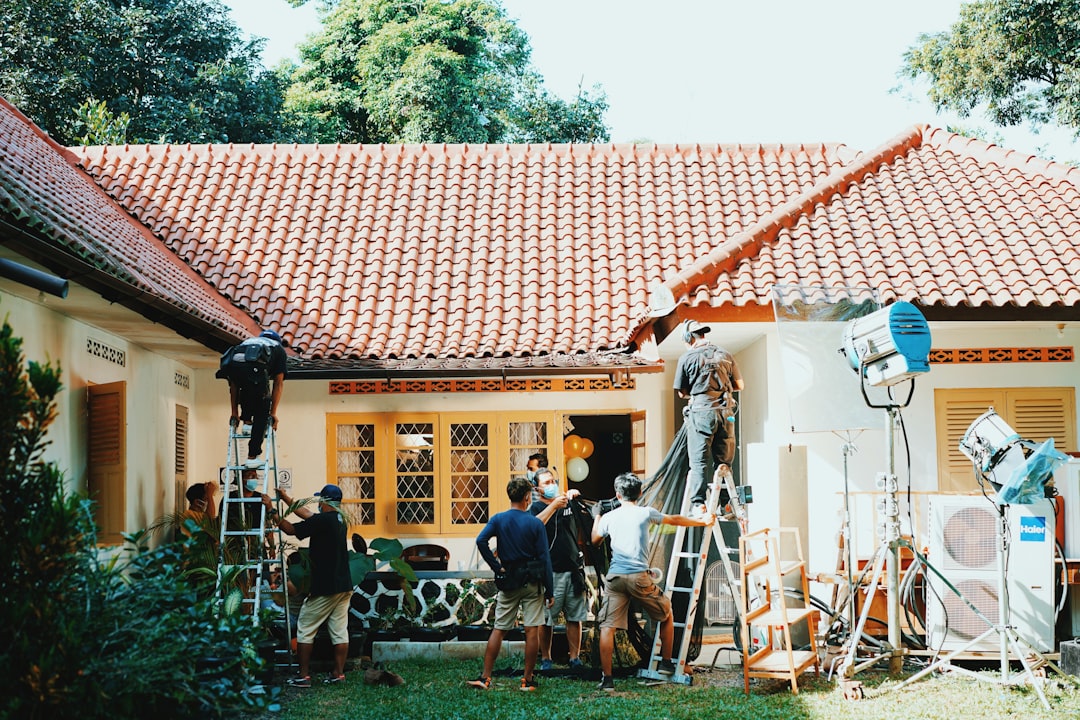
Choosing the right QR format ensures that each scan triggers the right action and supports your goals. For custom home builders, formats should align with how prospects explore options, validate credibility, and make decisions. The key is to select formats that remove friction at that exact moment.
For most top-of-funnel interactions, link-based QR codes that point to landing pages, galleries, or tour booking tools are ideal. For mid or late-stage steps, forms and vCards reduce manual effort and improve follow-through. Pair every format with a clear, value-driven call to action and a destination that loads quickly on mobile.
Using a centralized platform like Sona QR to generate, manage, and update these formats simplifies operations and closes the loop from scan to sale. It also ensures that every code is trackable and secure, with analytics available in one place.
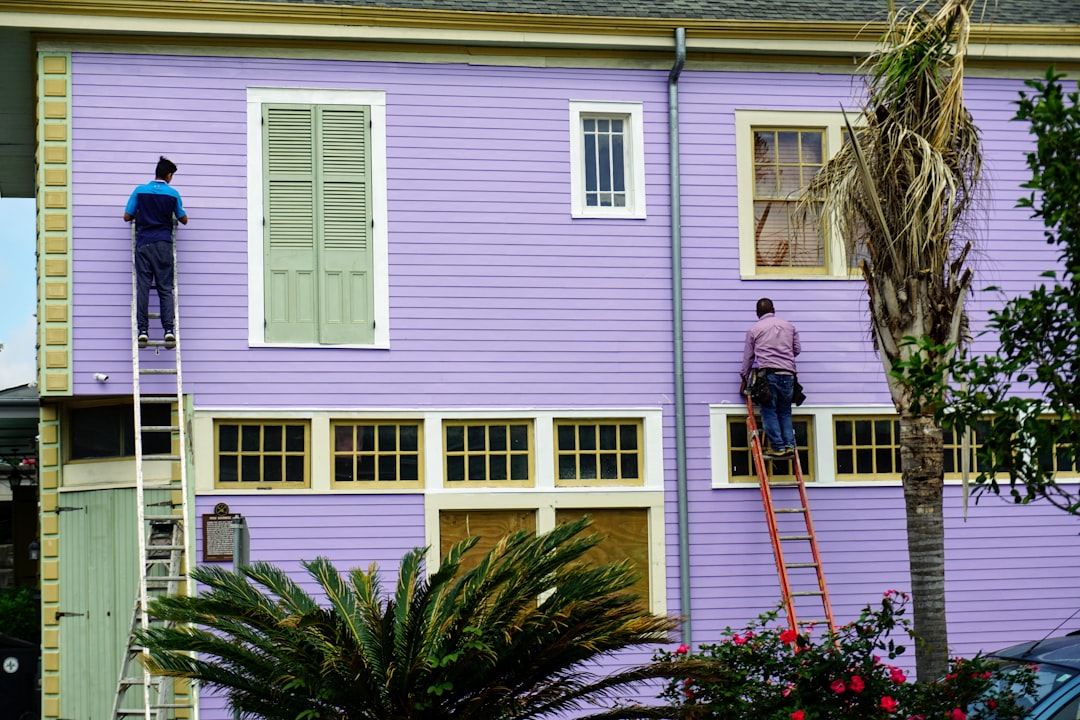
In a market where the physical environment is the prime arena for buyer interaction, missed touchpoints often spell lost revenue. Growth opportunities emerge wherever prospects physically encounter your brand yet traditionally remain anonymous or untracked. Your goal is to meet them in those moments with a seamless digital pathway.
Walk through your model homes and job sites as a buyer would. Identify where questions arise and where interest peaks. Then ensure each of those micro-moments has a QR-enabled next step, from design option details to scheduling a consultation. Consistency across placements builds familiarity and increases scans.
These placements align with the buyer’s natural behavior, improving the experience while giving you the analytics needed to invest where it counts. Over time, the data reveals which properties, messages, and media generate the highest quality pipeline.
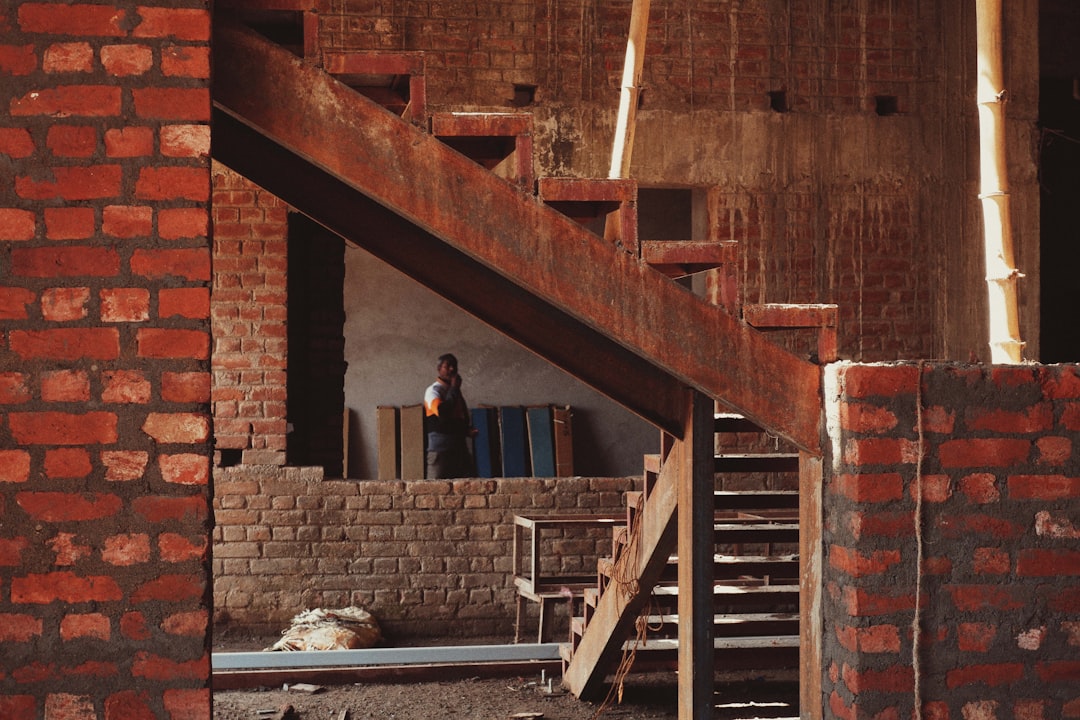
Persistent industry issues such as unconverted showroom traffic, slow manual data entry, and delayed follow-up can be mitigated with targeted QR deployments. Each use case should bridge an offline moment with a digital action that advances the buyer journey.
To maximize impact, pair each use case with a specific conversion goal and a clear owner on your team. Ensure sales and marketing agree on the follow-up workflow that will trigger when a scan occurs, so every action is timely and relevant.
These use cases replace slow, error-prone processes with scalable, trackable touchpoints. They also foster better coordination between marketing and sales, ensuring that each scan triggers meaningful engagement instead of getting lost.
One of the most significant challenges for custom home builders is understanding who is engaging and why. Every QR scan is a buying signal that reveals context, intent, and timing. When captured properly, these signals fuel segmentation that makes retargeting more precise and follow-up more personalized.
Segmented audiences help you send the right message at the right moment. A drive-by scanner might receive an invite to explore nearby communities, while a model-home visitor who scanned a pricing sheet might be offered a design consultation. Tailoring follow-up based on intent prevents waste and increases conversions.
With Sona QR, each code becomes a smart entry point that captures behavior and feeds downstream campaigns without manual work. Over time, your retargeting improves, your ad spend gets leaner, and your sales team focuses on higher quality conversations.
Most custom home builders operate across many channels, from brochures and direct mail to events and digital media. QR codes act as the connective tissue that turns these channels into a single, measurable funnel. They make print interactive, events trackable, and video actionable. For foundational tactics, this QR marketing guide is a helpful primer.
Start by mapping your buyer journey across channels and identifying the ideal action for each touchpoint. Then assign a unique QR code with a relevant destination and CTA to each asset. Consistent branding and messaging across channels reinforces trust and increases scan rates.
Platforms that unify QR management and CRM syncing, such as Sona QR, help you close attribution gaps, reduce manual errors, and keep your pipeline flowing. By treating every scan as a step in a coordinated journey, your marketing mix works together rather than in silos.
Successful QR programs do not happen by accident. They come from intentional planning, clear goals, and disciplined execution. Use the following checklist to design campaigns that convert and scale across communities, events, and media.
As you work through each step, document owners, timelines, and success criteria. Reuse what works and refine what does not. Over time, your QR machine becomes a reliable engine for pipeline growth.
Begin by pinpointing the pain points you want to solve. Common goals include increasing virtual tour bookings from drive-by traffic, improving open house data capture, or accelerating design consultation scheduling from brochures. Start with one or two high-visibility placements, validate, then expand to additional sites and assets.
Define success upfront. If the goal is consultation bookings, your primary metric might be booked meetings per 100 scans. If the goal is review generation, you may focus on submission rate and star rating. Clear objectives guide everything from CTA language to landing page design.
Match the code to your use case. Dynamic codes are ideal for any campaign that needs tracking, retargeting, or destination updates. Static codes are acceptable for fixed assets like a PDF brochure that will not change. When in doubt, choose dynamic for flexibility and analytics.
If compliance or documentation is involved, consider a static code that links to an evergreen resource. For all other marketing scenarios, opt for dynamic codes that let you run A/B tests, update CTAs, and attribute revenue without reprinting.
Design with scanning in mind. Use ample contrast, sufficient white space, and a clear frame with your logo. Place an explicit CTA next to the code, such as Scan to Book a Consultation or Scan for Virtual Tour, so visitors know what to expect. Bigger is better in outdoor or low-light environments. For creative approaches, see how to integrate QR codes into your visuals.
Before launching, test on multiple devices and in real conditions. Check scannability from common angles and distances, verify load times on mobile data, and ensure the landing page is thumb friendly. A quick preflight test avoids costly underperformance.
Roll out where attention is highest. Prioritize model home entry signs, spec sheets, exterior fencing, and open house materials. Add codes to direct mail and local print ads to extend reach beyond the property line. Use historical data to identify placements that deserve larger QR footprints.
Sequence your deployments and monitor impact. Start with a few communities and assets, then expand once you know which messages and CTAs are resonating. Standardize templates to accelerate rollout across teams and partners.
Treat every scan as a micro-conversion. Monitor scan volume, completion rates for downstream actions, and drop-off points along the path. Use UTM parameters to compare performance by property, media type, or event. Feed the data into your CRM to trigger lead nurturing and sales alerts.
Optimize regularly. Update landing pages, shorten forms, refine CTAs, and test creative variations. Use a platform like Sona QR to track scans by time, location, and device, then sync with multi-touch attribution for insight into influence across the journey.
Custom home builders frequently struggle with fragmented attribution and missed intent signals, especially when interactions span offline and online. QR analytics change this dynamic by making every print or physical touchpoint measurable. When you can connect scans to outcomes, you can invest with confidence.
The goal is not just to count scans. It is to understand progression. Which assets lead to form fills? Which events drive booked consultations? Which communities generate the highest converting traffic? With the right setup, you can answer these questions and reallocate budget to what works.
Sona QR captures real-world engagement, and Sona translates that engagement into performance insights. Together, they create a feedback loop that ties scans to outcomes and anchors QR codes within your broader revenue strategy.
Scaling success requires a few operational disciplines. Unique codes, consistent tagging, and automated follow-up ensure that momentum is captured and amplified. Focus on the media that matter most in home building, then refine your approach as data accumulates.
Consider creative deployments that fit your brand and audience. For instance, place QR codes on design studio displays to let visitors email themselves their favorite selections, or add codes to warranty packets to streamline review requests and service communication.
Example: Installing QR codes on construction fencing invites passersby to view virtual previews and request a callback. Placing event-specific codes on invitations and table tents accelerates appointment bookings before and during model home grand openings, ensuring your team is ready to follow up while interest is high.
By operationalizing these tips, you transform QR codes from one-off experiments into a consistent engine for lead generation. The more disciplined your tagging and automation, the more compounding value you create.
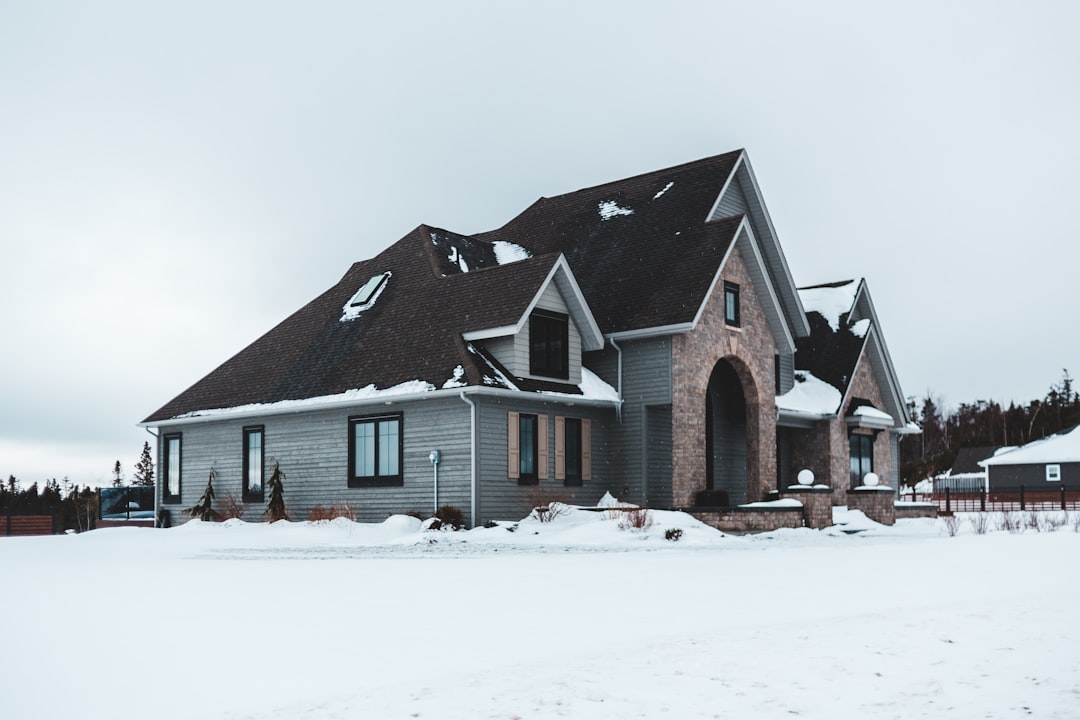
Momentum builds when QR deployments closely match buyer behavior. The following examples demonstrate how thoughtful placement and clear CTAs turn everyday surfaces into lead-generating assets. Each one pairs a high-intent moment with a low-friction next step.
Use these as a springboard to design your own experiments. Start where your audience already is, then test messaging and placement to find the best fit for each property and community.
Industry experts report faster lead response times and more personalized follow-up sequences when QR data feeds CRM workflows. The most consistent result is fewer dropped opportunities. With QR-driven capture and automated segmentation, prospects who would have remained anonymous become known and engaged.
Launching QR programs is straightforward, but maximizing ROI requires attention to detail. The right calls to action, placements, and technical safeguards ensure your codes are scanned, trusted, and acted upon. Avoid the common mistakes that erode performance and confidence.
Equip your team with simple playbooks and templates. Standardize CTAs, visual frames, and minimum size requirements. Build a quick QA checklist for any new placement, and schedule periodic audits to keep destinations fresh and relevant.
QR codes are more than a shortcut, they are a practical strategy for solving long-standing challenges in custom home building. By embedding trackable codes throughout the buyer journey, you capture high-quality leads, surface previously anonymous interest, and deliver timely, relevant engagement. With a platform like Sona QR for generation and tracking, and Sona.com for attribution and journey analytics, you future-proof your pipeline and focus resources where they drive the most impact. Start creating QR codes for free.
QR codes have transformed custom home builders from relying on traditional marketing into leveraging dynamic, measurable engagement tools. Whether it’s attracting prospective homeowners, enhancing client interactions during site visits, or streamlining access to design portfolios, QR codes replace guesswork with instant, mobile-friendly actions that capture real-time data to maximize conversion potential. Imagine knowing exactly which brochures, signage, or model homes inspire inquiries—and being able to optimize your campaigns instantly. With Sona QR, you can create dynamic, trackable QR codes in seconds, update your marketing on the fly without costly reprints, and connect every scan directly to lead generation and sales growth. No wasted effort, no missed opportunities—just smarter, more profitable custom home building campaigns. Start for free with Sona QR today and turn every scan into a confident step toward closing your next dream home deal.
QR codes help custom home builders capture high-quality leads, track prospect engagement, enable timely follow-up, reduce manual data entry, and provide cost-effective, measurable marketing across physical and digital channels.
QR codes offer buyers quick and easy access to virtual tours, floor plans, appointment bookings, and contact information without lengthy forms or downloads, making the buying journey smoother and more engaging.
Builders can use QR codes for virtual tour access via yard signs, lead capture and appointment scheduling on brochures and event materials, customer review requests in welcome packets, and interactive design selections at model homes.
QR codes placed on signage, brochures, and fencing link prospects directly to on-demand virtual tours, video walkthroughs, and interactive floor plans, enabling convenient exploration and sustained interest even outside business hours.
Best practices include using unique, dynamic QR codes with clear benefit-driven calls to action, placing codes at eye level in high-traffic areas, tracking scans with CRM integration, testing for mobile friendliness, and training staff to encourage scanning.
Use Sona QR's trackable codes to improve customer acquisition and engagement today.
Create Your FREE Trackable QR Code in SecondsJoin results-focused teams combining Sona Platform automation with advanced Google Ads strategies to scale lead generation

Connect your existing CRM

Free Account Enrichment

No setup fees
No commitment required

Free consultation

Get a custom Google Ads roadmap for your business






Launch campaigns that generate qualified leads in 30 days or less.
